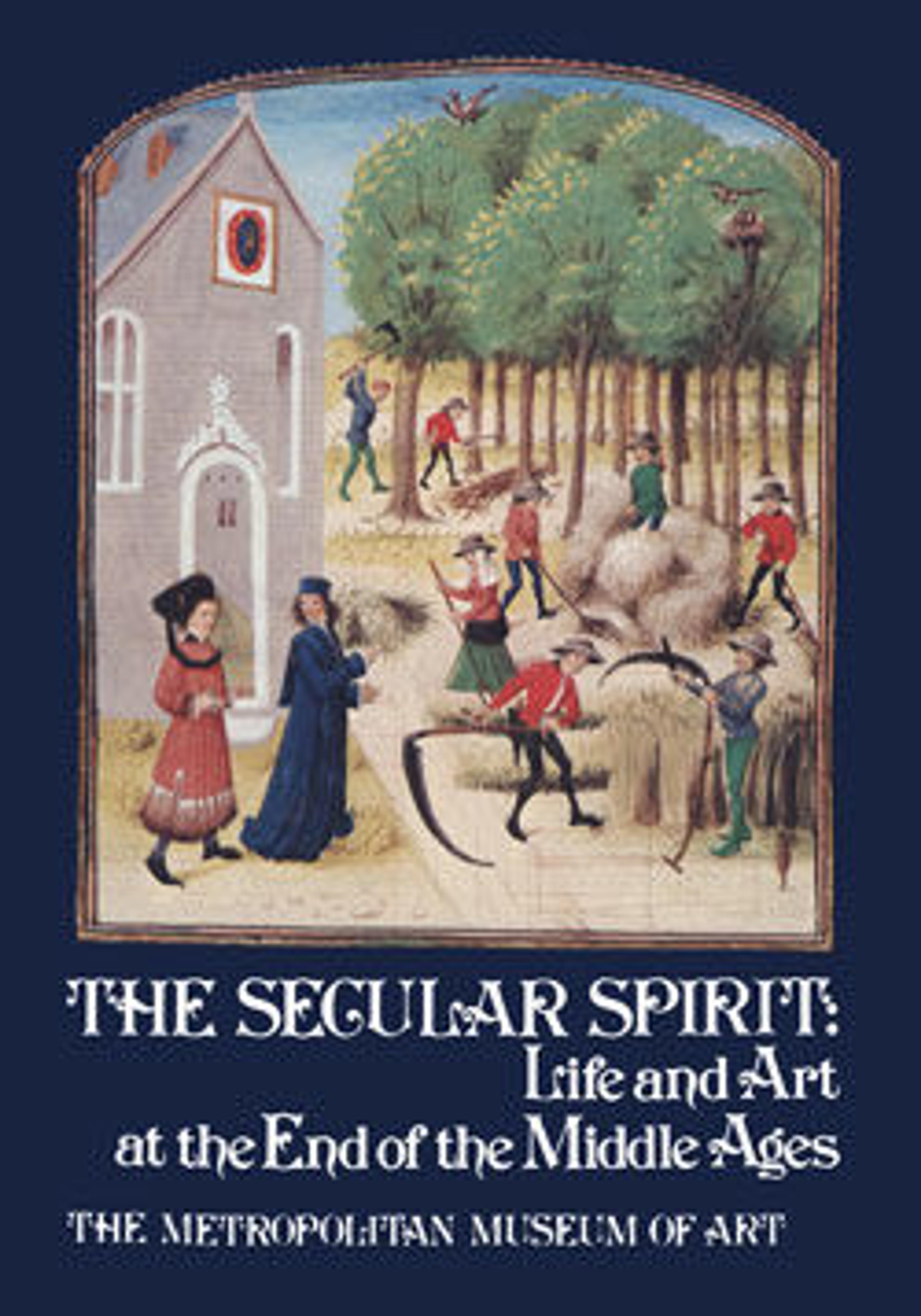Covered Cup
Rock crystal was valued most highly throughout history for its hardness and brilliant clarity. In the Middle Ages is was viewed by the Church as a symbol of unblemished purity, and thus a most appropriate material for containers of holy relics and for other ecclesiastical vessels. For kings, princes, and other high-placed persons, drinking vessels made of cut and highly-polished rock crystal and decorated with precious metals and jewels had great appeal. Various locations in Central and Western Europe have been suggested as fourteenth- and fifteenth- century centers for the cutting of crystals, including Paris, Burgundy, Prague, Nuremberg, Venice, and Freiburg im Breisgau. Rock-crystal vessels cut with a pattern of concave roundels, such as this beaker, are usually considered to be of French workmanship. The cut rock-crystal cup of the beaker is believed to be French; however, its bejeweled mounting is thought to have been executed not in France or Burgundy, but in the Upper Rhine region of Germany, possibly in Freiburg im Breisgau. A comparable beaker of rock crystal, with a silver-gilt setting studded with jewels, is seen in the painting dated 1514, by Quentin Massys, The Money Changer and His Wife. The fact that Massys’ style was frequently archaicizing in response to the vogue of the day, makes the dating for the model of this beaker around the middle of fifteenth century quite credible. Such a splendid beaker undoubtedly was intended to grace the table or sideboard of some magnificent court of the mid-fifteenth century. Its appearance in an otherwise bourgeois setting in Massys’ painting could represent a status symbol and a reminder of the great changes in social structure which had taken place in the course of a half century, when the wealthy class adopted the customs formerly associated only with the nobility. On the other hand, this beaker could represent a "pledge" left by its owner for money borrowed from the money changer.
Artwork Details
- Title:Covered Cup
- Date:15th century
- Culture:German
- Medium:Rock crystal, gilt silver, glass cabochons and pearls
- Dimensions:Overall: 9 7/16 x 3 1/4 in. (24 x 8.2 cm)
without lid: 7 3/16 x 3 1/4 in. (18.3 x 8.2 cm)
lid only: 2 3/8 x 3 1/16 in. (6.1 x 7.8 cm) - Classification:Lapidary Work-Crystal
- Credit Line:Bequest of Benjamin Altman, 1913
- Object Number:14.40.662a, b
- Curatorial Department: Medieval Art and The Cloisters
More Artwork
Research Resources
The Met provides unparalleled resources for research and welcomes an international community of students and scholars. The Met's Open Access API is where creators and researchers can connect to the The Met collection. Open Access data and public domain images are available for unrestricted commercial and noncommercial use without permission or fee.
To request images under copyright and other restrictions, please use this Image Request form.
Feedback
We continue to research and examine historical and cultural context for objects in The Met collection. If you have comments or questions about this object record, please contact us using the form below. The Museum looks forward to receiving your comments.
